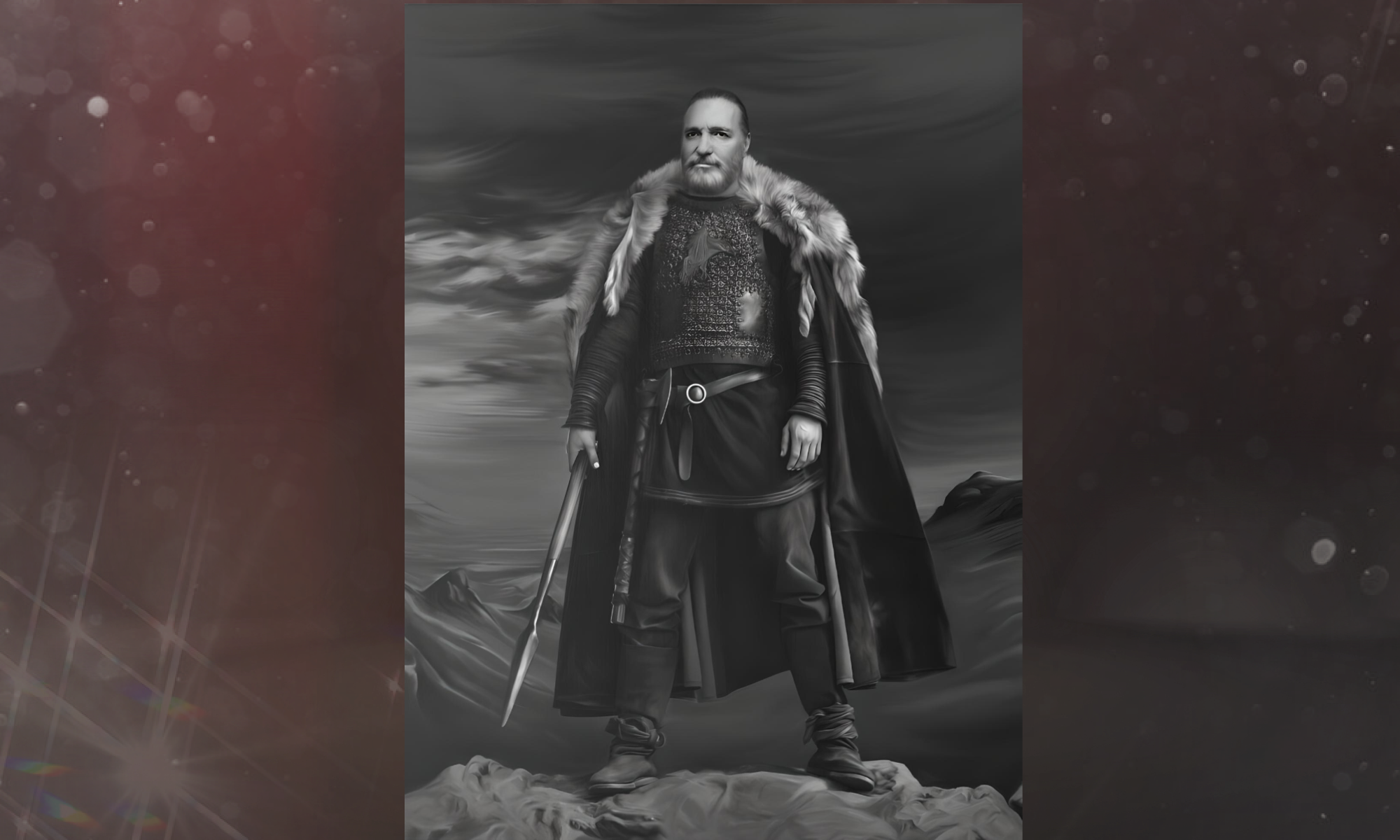
References

References and Book Excerpts on Lars Wood’s Work
Dr. Stuart Kauffman, a renowned biologist and complex systems researcher, has received numerous prestigious awards throughout his career. He was awarded the MacArthur Fellowship (1987-1992) for his groundbreaking work in evolutionary biology and complexity science. He also received the Norbert Wiener Memorial Gold Medal for cybernetics in 1973, recognizing his contributions to understanding biological and ecological systems. Additionally, Kauffman was honored with the Trotter Prize for Information and Complexity in 2001 and the Herbert Simon Award for Complex Systems in 2013. He became a Fellow of the Royal Society of Canada in 2009, further acknowledging his influence in theoretical biology and systems science.
Wikipedia page on Stuart Kauffman, MD
Aug 6, 2011
I am pleased to write on behalf of my old friend, Larry Wood. I have known Larry since 1993, when he was a stunning young scientist at GTE, having won awards for innovative research from that institution. I have followed Larry’s work at a distance over the years.
At present, I am modestly familiar with a number of aspects of quantum mechanics as a biologist, and have recently filed a US Utility Patent in this area, owned by the two universities where I am a faculty member.
This background allows me a modest capacity to evaluate Larry’s iHexis article about his super-Turing system and its use in quantum chemistry beyond the Born - Oppenheimer approximation to deal with the many body problem in quantum chemistry. As long ago as Poincare’ and the three body gravitational problem, Poincare’ showed that due to what is now known as sensitivity to initial conditions, the behavior of the classical physics system was deterministic, but not predictable due to the fact that any measurement requires finite length and time interval.
If I understand Larry’s work, the use of an approximation on a manifold where either phase or amplitude varies slowly, allowing one to surpass the standard Born - Oppenheimer approximation of nuclei fixed in space, is a very important step forward.
I cannot judge whether Larry’s approach is, in fact, successful, although he does present confirming evidence that must be taken seriously.
Thus, I feel right making these points about Larry Wood. He is brilliant, radically creative, and deeply worth serious consideration by those with the real expertise to evaluate his work. iHexis’ approach seems to be a major step forward in quantum chemistry and other applications, and warrants serious attention.
Sincerely,
Stuart Kauffman”
Kauffman has written about three hundred articles and four books: The Origins of Order (1993), At Home in the Universe (1995) and Investigations (2000), published by Oxford University Press. Most recently he published Reinventing the Sacred (2008), Basic Books. Kauffman is well known for arguing, in Origins of Order and At Home in the Universe, that self-organization, as well as Darwin’s natural selection, are twin sources of order in biology. Kauffman was awarded a MacArthur Fellowship in 1987, is a Fellow of the Royal Society of Canada, was awarded the Gold Medal of the Acadamia di Lincea of Rome and holds an honorary doctorate from the Universite catholique de Louvain in Belgium.
———-
(The late) Dr. Sidney Pestka, known as the "Father of Interferon," received numerous prestigious awards for his contributions to biotechnology and medicine. In 2001, he was honored with the National Medal of Technology and Innovation by President George W. Bush for pioneering the development of recombinant interferons for treating cancers and viral diseases. He also received the Selman A. Waksman Award in Microbiology in 1977 and the Milstein Award from the International Society for Interferon and Cytokine Research in 2001. Pestka was further recognized with the Lemelson-MIT Lifetime Achievement Award in 2006, celebrating his groundbreaking biotechnological achievements.
Wikipedia page on Sidney Pestka, MD
Aug 19, 2011
I have known Larry since 2005 when he and his wife and partner Lisa visited me in my lab at PBL Therapeutics. I have since remained genuinely interested in Larry’s technology and research. In 2006 we collaborated in the co-discovery of a novel large molecule structure determination method based upon Larry’s calculation of an efficient infrared spectrum quantum mechanical vibration linear calculation and my observation that this might be coupled to my experimental work in infrared and raman spectroscopy to rapidly determine the structure of large molecules and possibly membrane based protein drug targets with femtometer resolution. This new Optical Structure Determination (OSD) method could revolutionize structure determination if it is successful. In 2006 Larry participated in one of our NIH funded initiatives whereby he applied the novel OSD methodology and iHEXIS technology in a first step to analyze the structure of the twenty-one amino acids, which are the building blocks of proteins. We also collaborated in laboratory experiments to assess the predictive capabilities of Larry’s femotjoule quantum chemistry technology to understand the in vitro qualities of the C60 molecule for use as a possible human Erythropoietin drug scaffold. I will continue to enjoy working with Larry and following his resulting accomplishments.
Sincerely,
Sidney Pestka, M.D.
————-
May 14, 2004
Dear Sir or Madam:
We have been collaborating with Larry and Lisa Wood on several research projects over the past year. When we were first introduced to their work, we were impressed with the potential of their scientific approach, and viewed it as a potential "disrupting technology"1 in the drug design industry. As such, we felt that it was important to examine their capabilities more carefully. In an ideal world, we would see them funded at a level that would allow them to develop a collection of complete validation studies of their science. However, the needs of our business require that we take a more pragmatic approach and so we selected a set of projects that would allow us to more closely evaluate the potential of their capabilities. At this point in time, none of the validation studies are complete. However, we have learned a lot about their capabilities and are pleased with the progress made to date.
The initial projects set out were all focused on ligand-based design. We provided three sets of analog series with biological activity data. The goal of these projects was to propose new areas of chemistry that would mimic the observed bioactivity. The design work for the three projects is complete, but the synthesis and testing is not yet complete.
The process of working with Lars and Lisa has led us to a much better understanding of their capabilities. During our relationship, they have developed new algorithms and tools that allow for direct visualization of the sub-atomic interactions that makes their tools so unique. The use of these visualizations have allowed us to have meaningful conversations about the results and to see the important features and relationships between the molecules. These specific visualizations are unique to their technology, and provide a view of the intermolecular interactions that is not available with other tools.
Sincerely, ,..
John B Kinney, PhD.
Group Leader, Computational Chemistry
1 "Disrupting technology" is a term used a lot in discussions of innovation. It describes a new science or technology that dramatically alters the way that an existing business or science is carried out. It leads to a period of accelerated growth in sales in the case of business and new understanding in the case of science.
There’s more about Wood’s work in the Info Mesa book. It is available on Amazon.
